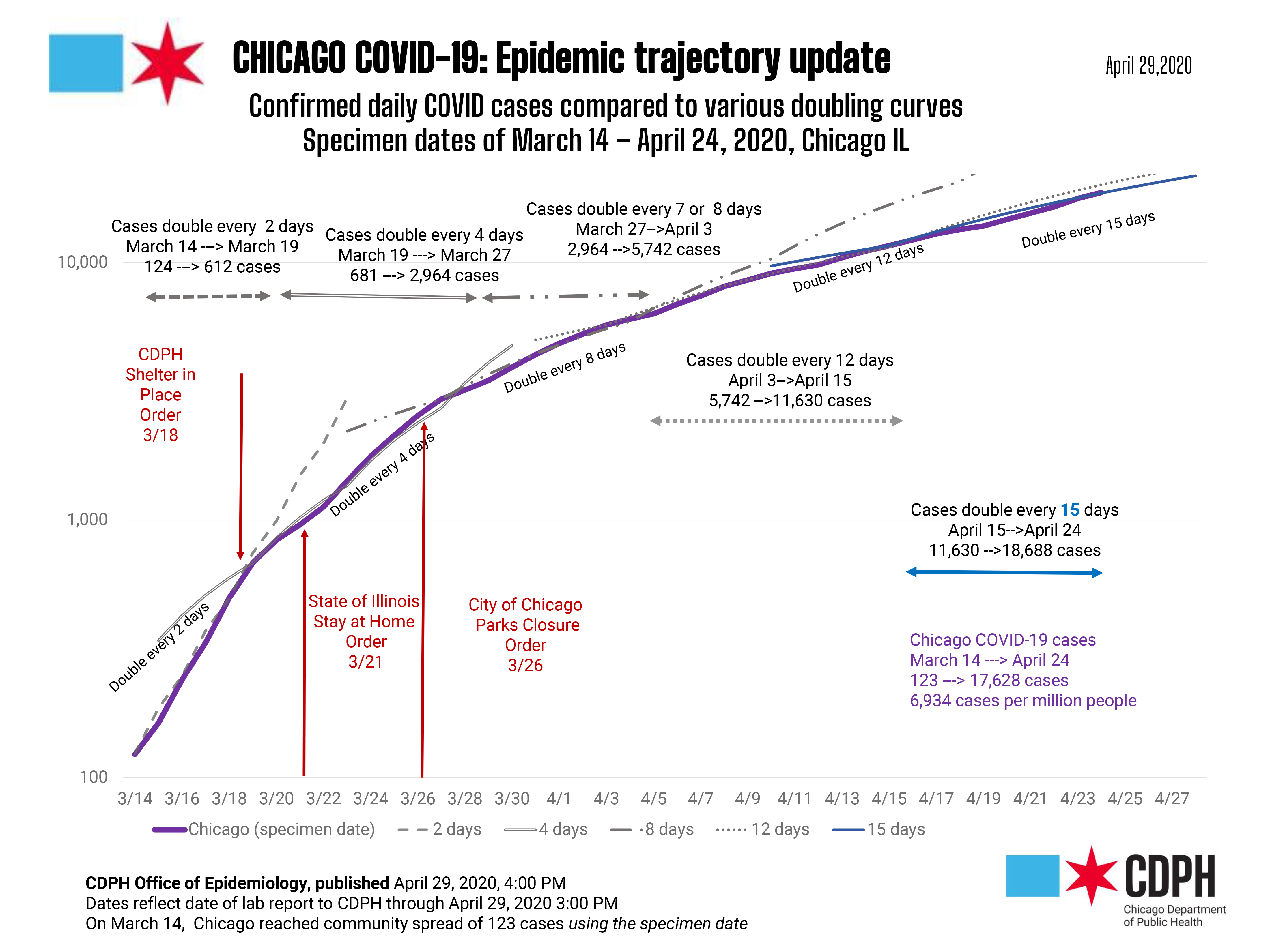

Reporting was contributed by Jeff Arnold, Ian Austen, Mike Baker, Brillian Bao, Ellen Barry, Shashank Bengali, Samone Blair, Nicholas Bogel-Burroughs, Aurelien Breeden, Elisha Brown, Emma Bubola, Maddie Burakoff, Alyssa Burr, Christopher Calabrese, Julia Carmel, Zak Cassel, Robert Chiarito, Izzy Colón, Matt Craig, Yves De Jesus, Brendon Derr, Brandon Dupré, Melissa Eddy, John Eligon, Timmy Facciola, Bianca Fortis, Jake Frankenfield, Matt Furber, Robert Gebeloff, Thomas Gibbons-Neff, Matthew Goldstein, Grace Gorenflo, Rebecca Griesbach, Benjamin Guggenheim, Barbara Harvey, Lauryn Higgins, Josh Holder, Jake Holland, Anna Joyce, John Keefe, Ann Hinga Klein, Jacob LaGesse, Alex Lim, Alex Matthews, Patricia Mazzei, Jesse McKinley, Miles McKinley, K.B.Patel, Alison Saldanha, Kirk Semple, Shelly Seroussi, Julie Walton Shaver, Amy Schoenfeld Walker, Anjali Singhvi, Charlie Smart, Mitch Smith, Albert Sun, Rumsey Taylor, Lisa Waananen Jones, Derek Watkins, Timothy Williams, Jin Wu and Karen Yourish. Rebecca Lai, Alex Lemonides, Eleanor Lutz, Allison McCann, Richard A. The Times uses an adjustment method to vary the number of days included in an average to remove these irregularities.īy Jordan Allen, Sarah Almukhtar, Aliza Aufrichtig, Anne Barnard, Matthew Bloch, Penn Bullock, Sarah Cahalan, Weiyi Cai, Julia Calderone, Keith Collins, Matthew Conlen, Lindsey Cook, Gabriel Gianordoli, Amy Harmon, Rich Harris, Adeel Hassan, Jon Huang, Danya Issawi, Danielle Ivory, K.K. For agencies that do not report data every day, variation in the schedule on which cases or deaths are reported, such as around holidays, can also cause an irregular pattern in averages. The Times is excluding these anomalies from seven-day averages when possible. Governments often revise data or report a single-day large increase in cases or deaths from unspecified days without historical revisions, which can cause an irregular pattern in the daily reported figures. Probable cases and deaths count individuals who meet criteria for other types of testing, symptoms and exposure, as developed by national and local governments. The Illinois Department of Health releases new data for probable cases once a week, which can cause a single-day spike in the number of reported cases.Ĭonfirmed cases and deaths, which are widely considered to be an undercount of the true toll, are counts of individuals whose coronavirus infections were confirmed by a molecular laboratory test.

The tallies on this page include cases and deaths that have been identified by public health officials as probable coronavirus patients. 6, Illinois began reporting probable cases and deaths at the county level, resulting in one-day increases for many counties. Illinois began reporting probable cases and deaths. Illinois announced many backlogged cases from earlier in the week after resolving a data processing slowdown. Illinois began including probable deaths as probable cases, resulting in a one-day increase in cases. The daily count could be artificially low because many jurisdictions did not announce new data on Labor Day. Illinois did not release new data because of the holiday. Illinois did not announce new data because of the Veterans Day holiday. Illinois did not announce new cases and deaths for the Thanksgiving holiday. Illinois did not announce new cases and deaths for the Christmas holiday. Illinois did not announce new cases and deaths for the New Year's holiday. Illinois did not announce new cases and deaths for the Martin Luther King Jr. Illinois did not release data because of a state holiday. Many deaths from recent weeks were added in Cook County.
/cloudfront-us-east-1.images.arcpublishing.com/gray/FUX5CZCLFVGFZKXPMJFYLU75BA.jpg)
The Times began including death certificate data reconciled by the C.D.C., resulting in a one-day increase in total deaths. More about reporting anomalies or changes The Times has identified reporting anomalies or methodology changes in the data.


 0 kommentar(er)
0 kommentar(er)
